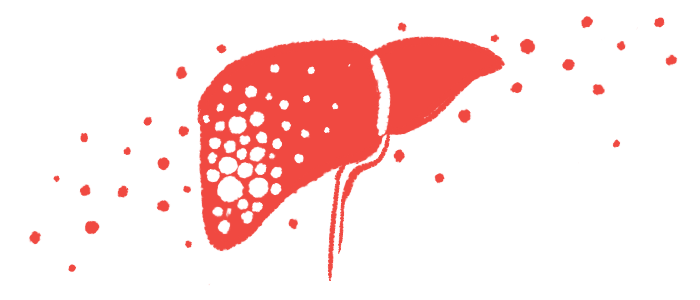Rare liver, kidney transplant aids AIP patient: Case report
Eight years later, woman remains stable, had successful pregnancy
Written by |

A combined liver and kidney transplant successfully treated a woman with a 20-year history of severe symptoms of acute intermittent porphyria (AIP), including end-stage kidney disease, according to a case report from Germany.
The report, “Successful Pregnancy After Combined Liver and Renal Transplantation in a Patient With Acute Intermittent Porphyria,” was published in Case Reports in Transplantation.
Porphyria encompasses a group of genetic diseases. It’s caused by a deficiency in one of several enzymes required for heme production. Heme is an iron-containing molecule present in proteins like hemoglobin, which carries oxygen in red blood cells.
AIP arises from mutations in the HMBS gene, which provides instructions for producing an enzyme involved in the third step of heme synthesis. These mutations ultimately cause the accumulation of porphyrins, which can reach toxic levels in the body’s tissues.
“In extremely rare cases, chronic illness can lead to both liver and renal function impairments, requiring the replacement of both organs,” the researchers wrote. “To date, there have been only two reports of such a combined procedure in patients with acute porphyrias.”
Infusions, hormone therapy tried
The woman, originally from Afghanistan, was diagnosed with AIP in her teens and received heme infusions every three months. That increased to every month over the years as her back, abdominal, and stomach pain worsened. She had an abortion in 2001 and delivered a healthy baby the following year.
She started the hormone therapy Zoladex (goserelin) to prevent further porphyria attacks, but didn’t improve. Due to her low body weight, she often required parenteral feeding (administered directly into the blood).
The woman was offered a liver transplant in 2011 as a potential cure, but she declined the procedure. Her chronic use of heme resulted in elevated levels of ferritin (a protein that stores iron inside cells), which required the use of deferasirox to reduce iron overload. The treatment had to be discontinued due to side effects, including diarrhea and high creatinine levels, a sign of kidney problems.
As a result, her ferritin levels continued to increase, and by December 2016, she had developed end-stage renal disease. Pain treatment for acute porphyria attacks was complicated when she developed opioid tolerance.
In September 2017, she underwent a combined liver and kidney transplant, with the liver transplanted first. Since the donor was not a match, she started immunosuppressive therapy with tacrolimus, azathioprine, and steroids.
Since her transplant, the woman has been free of acute AIP attacks, although the enzyme coded by the HMBS gene remains low.
Less than a year post-transplant, she became pregnant while on daily immunosuppressive therapy with tacrolimus. She developed early preeclampsia — a condition that typically includes high blood pressure, protein in the urine, and swelling — at week 25, and delivered a low-birthweight baby via cesarean section four weeks later. She was given steroid treatment to prevent respiratory distress syndrome in the newborn, a complication that can happen when the lungs are not fully developed.
“Regular follow-up over the past 8 years has shown that the patient maintains a good performance status, with a body weight of 49 kg [about 108 lbs] and a stable creatinine level,” the researchers wrote.
Transient anemia caused by low hemoglobin was resolved with iron infusions. The woman is on immunosuppressive therapy with tacrolimus, azathioprine, and steroids, along with medications to lower her blood pressure.
Her child, who was 6 years old when the report was written, has developed normally.
“Our case represents the third case in the literature with a successful combined liver/renal transplantation of a patient with acute porphyria,” the researchers wrote. The procedure “seems to be a viable backup option,” particularly for patients who do not benefit from novel therapies such as Givlaari (givosiran), they wrote.






